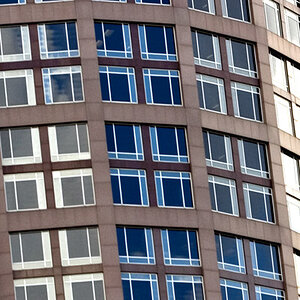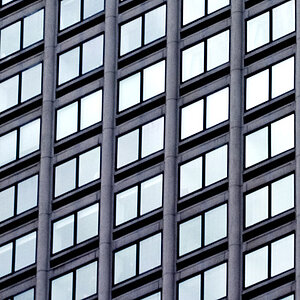Browncoat
No longer a newbie, moving up!
- Joined
- Mar 2, 2010
- Messages
- 195
- Reaction score
- 38
- Location
- Ohio
- Can others edit my Photos
- Photos NOT OK to edit
First, a little about my workflow: I shoot in RAW and do initial adjustments in ACR before making any final processing in Photoshop. I have read conflicting reports concerning the use of Adobe RGB color space, and would like to know your thoughts.
SIDE 1:
Says if you always use Adobe products (such as ACR and Photoshop) then switch your color space mode in-camera to Adobe RGB. There is a wider color spectrum, yadda yadda yadda, etc.
SIDE 2:
Never use Adobe RGB if you plan to make prints. Many printers do not recognize the Adobe RGB color space, and the end result could be flat colors.
SIDE 1:
Says if you always use Adobe products (such as ACR and Photoshop) then switch your color space mode in-camera to Adobe RGB. There is a wider color spectrum, yadda yadda yadda, etc.
SIDE 2:
Never use Adobe RGB if you plan to make prints. Many printers do not recognize the Adobe RGB color space, and the end result could be flat colors.












![[No title]](/data/xfmg/thumbnail/31/31087-2287670c7bc11f26914352b7d9404588.jpg?1619734603)
